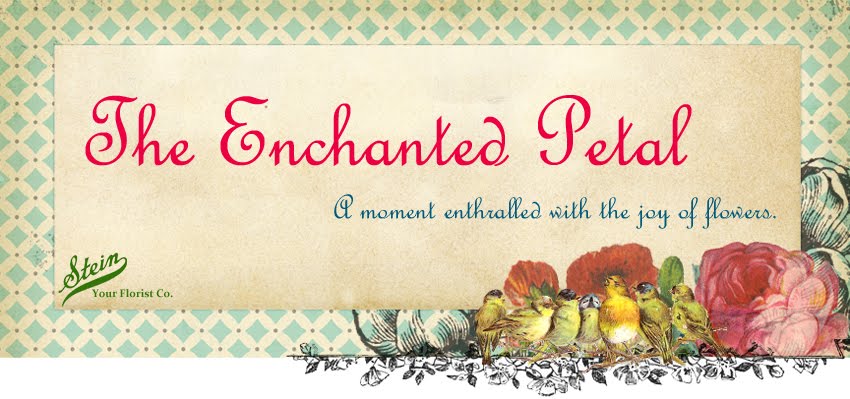 Day 206 -
Cane has an interesting history. It is one of two species of bamboo, a type of
grass, native to North America. Preferring full sun and disturbance, river cane
was formerly most common on floodplains where it occurred beneath open forest
canopies. Cane also occurred under canopy openings in upland forests and in
scattered-tree savannas. Such sites and soils have been coveted by humans for
various purposes for centuries. In the floral industry river cane is dried and
used as an accent in many floral arrangements.
Day 206 -
Cane has an interesting history. It is one of two species of bamboo, a type of
grass, native to North America. Preferring full sun and disturbance, river cane
was formerly most common on floodplains where it occurred beneath open forest
canopies. Cane also occurred under canopy openings in upland forests and in
scattered-tree savannas. Such sites and soils have been coveted by humans for
various purposes for centuries. In the floral industry river cane is dried and
used as an accent in many floral arrangements.
Day 207 -
Expedite lily blossom opening by using warm floral food solution and by
covering the buds with a clear plastic bag to maintain high humidity. Bright
light (not direct sunlight) also seems to hasten the opening process as well as
assuring good color in the blossoms.

Day 208 -
Many floral designers today are using yarn and felt to add intriguing texture
to their arrangements. Another way to add this element is with
"floral" cotton. The bolls, still on the stem, have been removed from
the stalk, hand cleaned and fluffed. The sturdy, star-shaped burrs (which hold
the cotton on the stem) are also used sans the cotton at times for a different
rustic look. Wonderful for autumn, rustic and country designs.
Day 209 - Chinese
lantern, Physalis alkekengi, is a relative of Cape Gooseberry, easily
identifiable by the larger, bright orange to red papery covering over its
fruit, which resemble paper lanterns. It is native from southern Europe east
across southern Asia to Japan. It is an herbaceous perennial plant growing to
40–60 cm tall, with spirally arranged leaves. The flowers are white, with a
five-lobed corolla, with an inflated basal calyx which matures into the papery
orange fruit covering.
 Day 210 - Lei
is a garland or wreath. More loosely defined, a lei is any series of objects
strung together with the intent to be worn. The most popular concept of a lei
in Hawaiian culture is a wreath of flowers draped around the neck presented
upon arriving or leaving as a symbol of affection. This concept was popularized
through tourism between the Hawaiian Islands and the continental United States
in the 19th and 20th centuries. In modern times, a lei is usually given with a
kiss - a custom which began in World War II. Traditionalists, however, give a
lei by bowing slightly and raising it above the heart, allowing the recipient
to take it, as raising the hands above another's head, or touching the face or
head, is considered disrespectful.
Day 210 - Lei
is a garland or wreath. More loosely defined, a lei is any series of objects
strung together with the intent to be worn. The most popular concept of a lei
in Hawaiian culture is a wreath of flowers draped around the neck presented
upon arriving or leaving as a symbol of affection. This concept was popularized
through tourism between the Hawaiian Islands and the continental United States
in the 19th and 20th centuries. In modern times, a lei is usually given with a
kiss - a custom which began in World War II. Traditionalists, however, give a
lei by bowing slightly and raising it above the heart, allowing the recipient
to take it, as raising the hands above another's head, or touching the face or
head, is considered disrespectful.














































